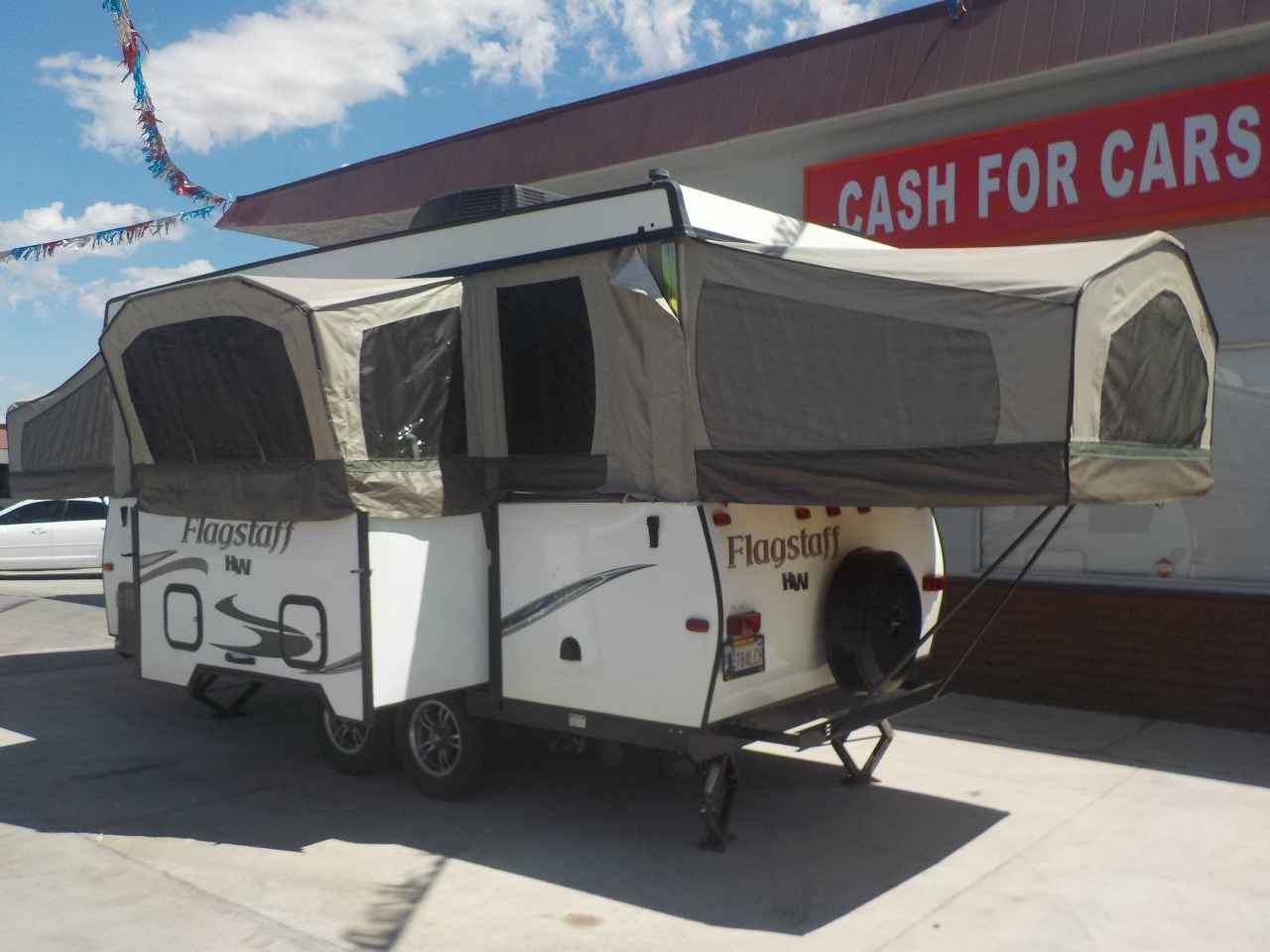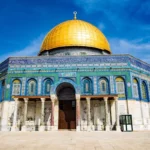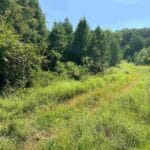Unlocking Flagstaff’s Population Story
Flagstaff, Arizona, is a city that seems to effortlessly blend stunning scenery, a cool mountain vibe, and a growing community. But how much is this Arizona mountain town truly booming? Let’s dive into the numbers and uncover the forces shaping Flagstaff’s population.
The 2020 Census revealed a significant population of 76,831 residents. This upward trend isn’t new; Flagstaff has steadily attracted new residents for years, and there are a few compelling reasons why.
The Pull of Natural Wonders and Urban Delights
Firstly, Flagstaff’s proximity to the Grand Canyon makes it a magnet for tourists and those seeking to live near natural wonders. However, Flagstaff’s allure extends beyond its neighbor, boasting its own unique charm.
Imagine sipping craft brews with mountain views, exploring a thriving art scene bursting with creativity, and experiencing a contagious entrepreneurial spirit. It’s no wonder that young professionals and millennials are particularly drawn to this vibrant mix.
The Influence of Education and Economic Transition
Northern Arizona University (NAU) is another key factor in Flagstaff’s growth. Located in the heart of the city, NAU, a hub of learning and innovation, attracts students and faculty worldwide. This constant influx of bright minds keeps Flagstaff feeling young and intellectually energized.
Adding to its appeal, Flagstaff has skillfully transitioned its economy. Once known for lumber, railroads, and ranching—industries tied to its history—Flagstaff has embraced change, evolving into a hub for tourism, education, and healthcare. This clever diversification has created new jobs and opportunities, further attracting newcomers.
Sustainability and a Sense of Place
One of Flagstaff’s most appealing qualities is its commitment to preserving its stunning natural surroundings. The city’s dedication to sustainability and environmental protection resonates with individuals seeking a home that values its natural heritage.
Of course, growth doesn’t come without its challenges. The real estate market in Flagstaff is undeniably competitive, and the city is actively working to keep pace with its infrastructure needs as more people move in.
Why is Flagstaff so Popular?
Flagstaff isn’t just a pretty face—though those majestic San Francisco Peaks and endless Ponderosa pines are undeniably captivating! Its charm runs much deeper, attracting a diverse crowd, from nature lovers to art enthusiasts and everyone in between.
Imagine year-round mild weather that invites you to explore scenic trails, carve up ski slopes in winter, or simply immerse yourself in the surrounding wilderness. This is everyday life in Flagstaff.
However, this Arizona gem offers more than just outdoor adventures. Downtown Flagstaff exudes a delightful nostalgic charm, reminiscent of Route 66, with its quirky shops, exceptional restaurants, and art galleries showcasing local talent.
Moreover, the vibrant energy of Northern Arizona University infuses the city with a youthful spirit, fostering a thriving arts and music scene. What truly sets Flagstaff apart is its unwavering dedication to sustainability and preserving its natural treasures.
Why is Flagstaff so Expensive?
Flagstaff’s allure, as we’ve explored, comes from its captivating scenery, robust economy, and lively community. However, this potent combination also contributes to its high cost of living.
The high demand for housing, coupled with limited inventory, drives property values upward. Furthermore, Flagstaff’s geographic isolation means getting goods and services can be challenging, often resulting in higher prices.
Beyond housing, several factors contribute to the cost of living. Flagstaff’s popularity with tourists, limited job opportunities (especially those with high salaries), and its status as a college town all play a role in making it an expensive place to live.
However, the trade-off is undeniable. Stunning landscapes, incredible hiking trails, skiing opportunities, and proximity to national parks make life in Flagstaff unique and highly desirable. Not to mention, experiencing four distinct seasons in Flagstaff provides a welcome contrast to the scorching desert heat found elsewhere in Arizona.
Don’t overlook the city’s vibrant small-town ambiance, either. Flagstaff has a flourishing arts scene, fantastic breweries, exceptional restaurants, and a calendar brimming with community events—making it a fun and lively place to call home.
In essence, Flagstaff’s high cost of living stems from its desirability, geographic isolation, and specific factors inherent to its identity as a college town. Weighing these factors against the unparalleled natural beauty, outdoor activities, and unique Flagstaff charm is key to determining if it’s the right fit for you.
Is Flagstaff a Big City?
The question of Flagstaff’s size often arises. Is it a bustling metropolis or a quaint mountain town? The answer is nuanced. While Flagstaff holds the title of the largest city in northern Arizona, it retains a distinct small-town feel.
With a population exceeding 76,000, Flagstaff is the 482nd largest city in the United States. While not a megacity, Flagstaff’s influence extends far beyond its size. It serves as the economic and cultural hub for a region encompassing over 145,000 residents.
Flagstaff’s charm lies in its ability to seamlessly blend urban amenities with easy access to nature, creating a unique appeal for both city dwellers and outdoor enthusiasts. Now you can explore a comprehensive mapa de suramerica where you can find further details about South America’s geography. Additionally, you can also learn the correct pronunciation of “Thule” by visiting thule pronunciation.
- Unlocking Francis Alexander Shields’ Finance Empire: A Comprehensive Biography - July 12, 2025
- Unveiling Francis Alexander Shields: A Business Legacy - July 12, 2025
- Francis Alexander Shields’ Business Career: A Comprehensive Overview - July 12, 2025
















2 thoughts on “Flagstaff AZ Population: [Current Year] Growth, Trends, and Stats”
Comments are closed.